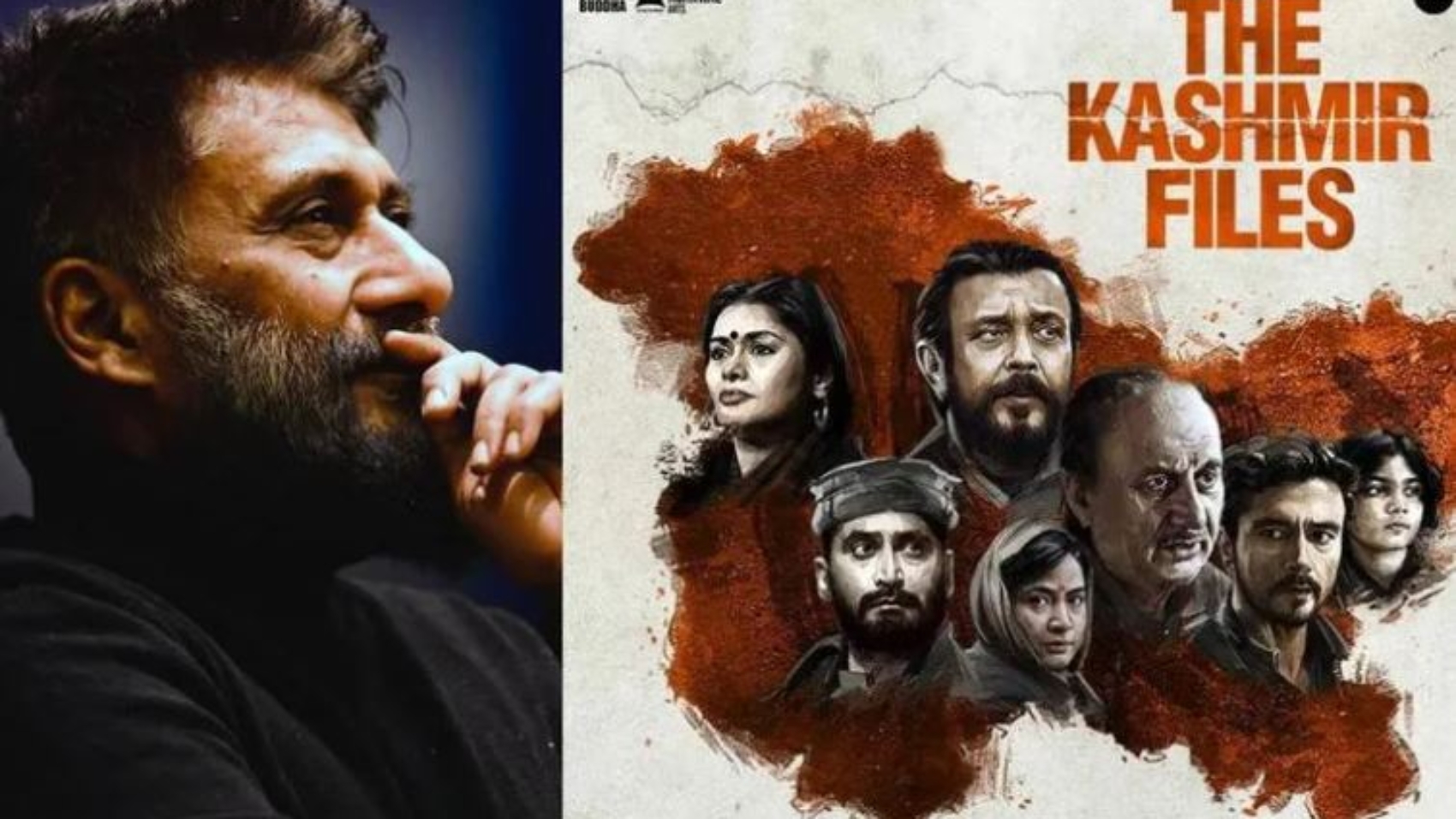The Kashmir Files- Summary:
The Kashmir Files is a movie produced by Vivek Agnihotri that launched in 2022. The movie shows a story of a Kashmiri pandit family of five and their journey and experience of being threatened, tortured and being killed.
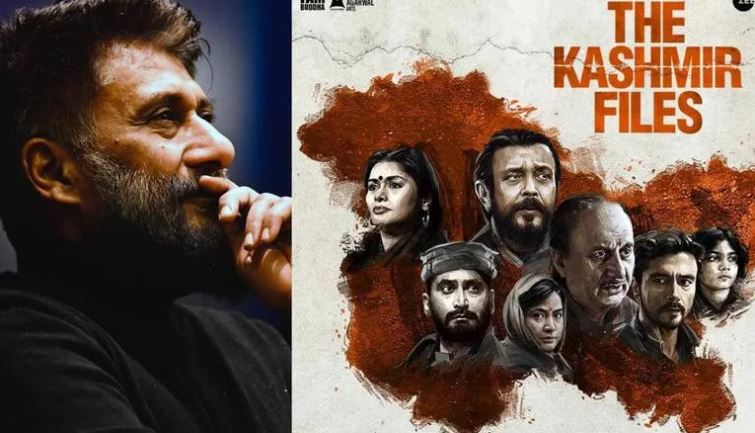
I saw this movie while it was running in the theatre and in this article, I would like to give my personal thoughts and opinions based on some facts.
While people are concluding the movie as a religious issue, putting a hatred towards Muslims, making the Hindu-Muslim gap in India even wider; many concluded it as a political issue blaming it on each other.
Question still remains- when can Kashmiri pandits return to their home without fear.
Question still remains, will Kashmir be their home again ?
The problems shown in The Kashmir files are beyond religious or political issues. The problem is power war and blind faith at the cost of what? Humanity. The movie shows us that we are all Krishna Pandit (a protagonist in the movie), who is just blindly believing whatever he is being told. Completely unaware of the real facts.
Unknown Facts about The Kashmir Files:
- The characters shown in the movie are fictional but they all are based on real life stories and experiences of Kashmiri Pandits. The family had a father named Pushkar Nath Pandit, his son Karan Pandit, son’s wife Sharda Pandit and their two children Shiv and Krishna Pandit.
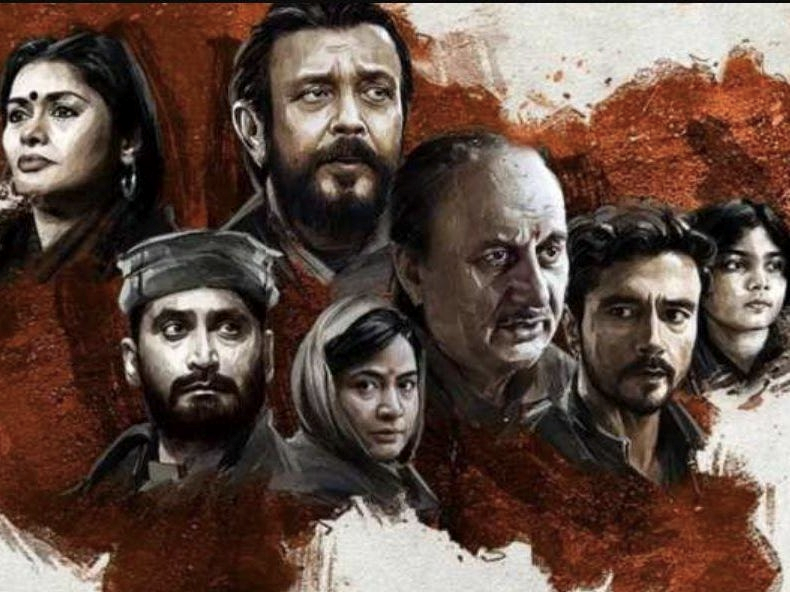
- The character Pushkar Nath Pandit (played by Anupam Kher, who is also a Kashmiri pandit himself) in The Kashmir Files, is not based on any real life character but is based on the feelings of all those Kashmiri pandits. People who lost their houses, land, loved ones and saw humanity die in front of their own eyes.

- The character named Karan Pandit (played by Aman Iqbal) in The Kashmir Files, who is son of Pushkar Nath Pandit in the story is based on a real life person named BK Ganjoo (telecom engineer) the man hid inside a rice drum to save himself. But his neighbour revealed the hiding location and was shot to death inside the rice drum. While leaving, they said, “Let the rice soak in your blood and let your children eat it. Ah, what a tasty meal it would be.” His wife was even forced to eat the blood soaked rice.

- The character named Sharda Pandit (played by Bhasha sumbli, who is also a Kashmiri pandit) in The Kashmir Files, who is daughter in law of Pushkar Nath Pandit is based on a real life person named Girija Tickoo (teacher) who went to collect her paycheck. But was brutally tortured, raped and murdered with a wood cutting saw by one of her colleague and militants.

- The character named Krishna Pandit (played by Darshan Kumar) in The Kashmir Files, who is the youngest grandson of Pushkar Nath Pandit is based on the real life of Himanshu Ganjoo. He was told by his maternal grandmother that his parents died in a scooter accident. He came to terms with his maternal grandmother’s story.
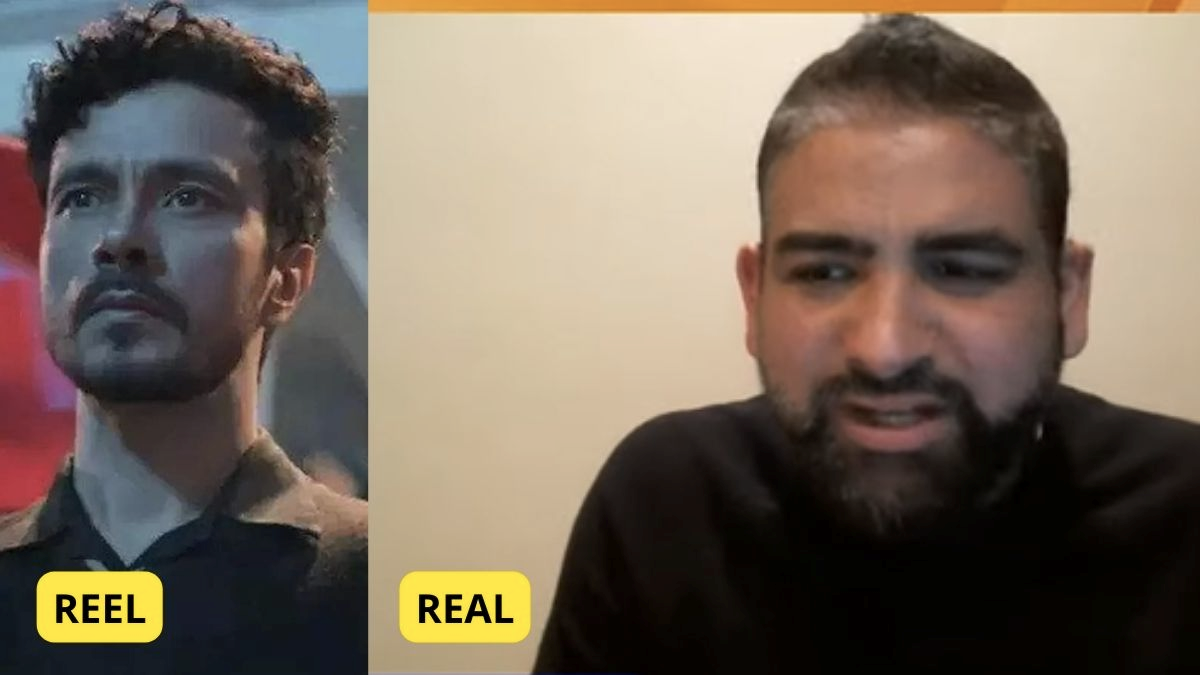
However, he came to know what happened with his parents after many years through a newspaper cutting in the book of her sister, left India, and opened about the very first time about the tragic incident to Vivek Agnihotri, the director of The Kashmir Files.
- The character named Radhika Menon (played by Pallavi Joshi) in The Kashmir Files, who is a professor of Krishna Pandit trying to brainwash him and all other students, is based on the real name of Nivedita Menon, a JNU professor who teaches comparative politics and political theory at the university. Menon is known for her strong communist stance.

In 2016, professor Menon gave an infamous speech on nationalist principles and chanted anti-national slogans in favour of Kashmir’s cause. The same has been portrayed in The Kashmir Files.
Twitter source: JNU Prof Nivedita Menon claims that India illegally occupied Kashmir. This is the kind of poison these Urban Naxals like her fills in young mind which is detrimental for our Nation.
- The character named Bitta (played by Chinmay Mandlekar) in The Kashmir Files, Who was the terrorist leading JKLF and also student of Pushkar Nath Pandit. The character is inspired by the real-life terrorist Farooq Ahmed Dar aka Bitta Karate who killed around 20 people and Yasin Malik who was charged of killing 4 Indian airforce personnels during the attack in 1990 and later was also seen shaking hands with the now former PM Manmohan Singh.
Bitta received armed training in PoK and his first victim was a young businessman Satish Kumar Tickoo. In an interview, he admitted to killing at least 20 people and that he could have even killed his own brother or mother if commanded. However, he later claimed to not have executed anyone and that the statement was made under pressure.
 Farooq Ahmed Dar
Farooq Ahmed Dar
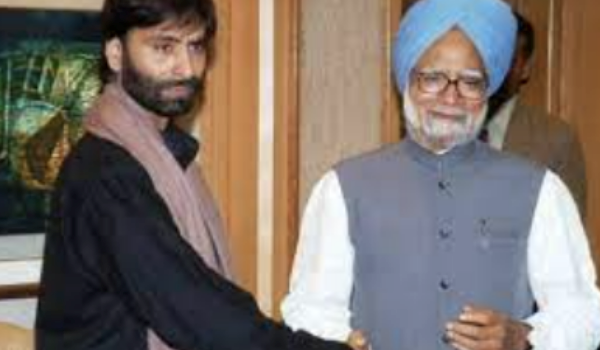
Yasin Malik (left) with ex-PM Manmohan Singh
Some analysis: The Kashmir Files
1. At present Kashmir is administered by 3 different countries Pakistan (Azad Kashmir & Gilgit Baltistan) , India (Jammu & Kashmir and Ladakh) and China (Aksai Chin and Trans Karakoram tract).
Now the question arises if Kashmir decided to be an independent province why is there 3 different administrations on it at present?

That’s because Hari Singh, then king of Kashmir, during the partition decided to remain independent kingdom but couldn’t manage to protect his kingdom from the growing terrorism. Article 370 was created to provide help from India. By then Pakistan managed to occupy significant parts of Kashmir. Even shared some of the occupied region with China as well.
2. According to folk etymology, the name “Kashmir” means “desiccated land” (from the Sanskrit: ka = water and shimīra = desiccate). In the Rajatarangini, a history of Kashmir written by Kalhana in the mid-12th century, it is stated that the valley of Kashmir was formerly a lake.
According to Hindu mythology, the lake was drained by the great rishi or sage, Kashyapa, by cutting the gap in the hills at Baramulla (Varaha-mula). When Kashmir had been drained, Kashyapa asked Brahmins to settle there. The belief is these brahmins are now known as Kashmiri pandits.

Next big question arise now is if Kashmir was a Hindu majority place how did it end up being a Muslim majority at present? The movie gives a minor overview answer to this question.
3. In the early part of the 1st millennium, the Kashmir region became an important centre of Hinduism and later of Buddhism; later in the ninth century, Shaivism arose (worshippers of God Shiva). Islamization in Kashmir took place during the 13th to 15th century when invaders from the middle-east entered the undivided Bharat.
This led to the eventual decline of the Kashmir Shaivism in Kashmir. Islam gradually became the dominant religion in Kashmir. With the fall of Kashmir as premier centre of Sanskrit literature, the literature there disappeared. In 1339, Shah Mir became the first Muslim ruler of Kashmir, inaugurating the Shah Mir dynasty.
For the next five centuries, Muslim monarchs ruled Kashmir, including the Mughal Empire. In 1846, after the Sikh defeat in the First Anglo-Sikh War, the Treaty of Lahore was signed and the Raja of Jammu, Gulab Singh, became the new ruler of Kashmir.
This brief history shows how Kashmir, the home to Kashmiri pandits became a home to Muslims as well by the time of independence. This shows at present this war is neither religious nor political but it is a war against terrorisms, it is a war against inhumanity. As citizens of India, we need to stand in support of our fellow citizens so that they are not a refugee anymore in their own country.
Conclusion
The Kashmir Files, a movie by filmmaker Vivek Agnihotri, based on Kashmir exodus is not just an entertainment movie but a glimpse of the nation’s past. A horrible past towards which the nation and the rest of its citizens shut their eyes.
Some just to avoid it and some just because they had no information about it. It’s a must watch movie in my opinion. It can be disturbing for many people but note what you see in the movie is just a minor glimpse of what actually happened.
I will give 4.5 stars out 5 to the movie. Please feel free to share your opinion about The Kashmir Files.




